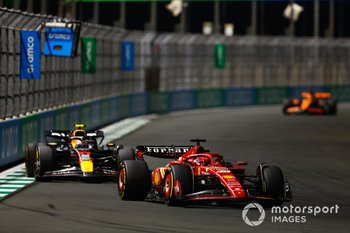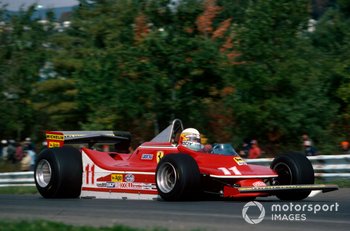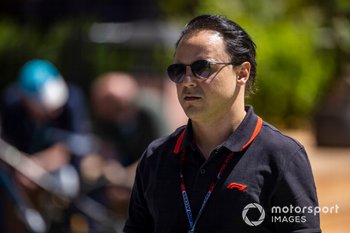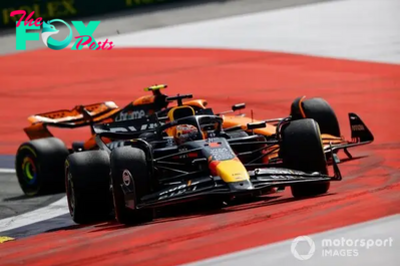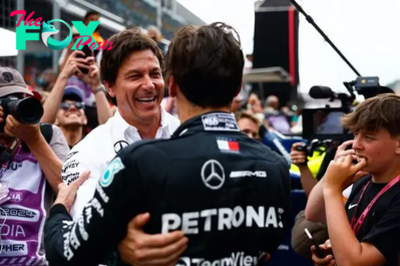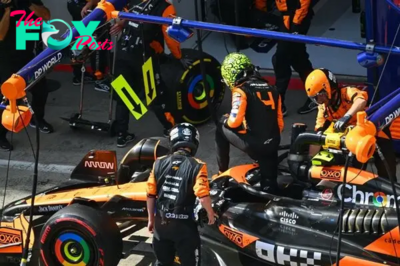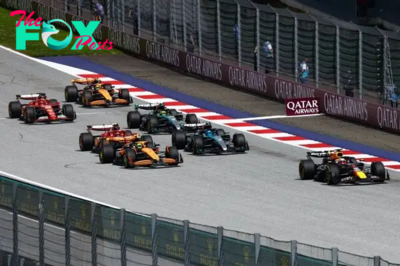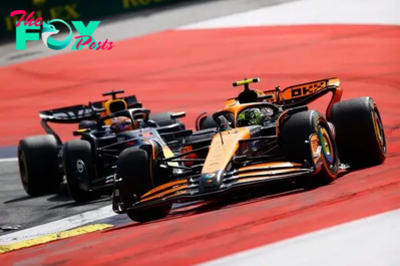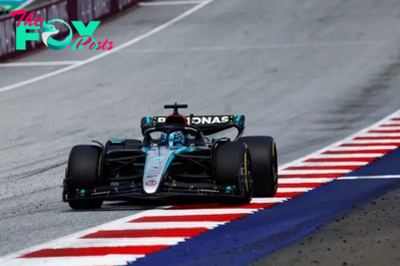F1 News
How Red Bull's unique F1 cooling approach helped boost its top speed in Jeddah
And while it lagged behind the super slippery Haas that topped the official speed trap in qualifying, the RB20 was best able to balance its straightline potential with brilliant downforce for cornering too.
While wing levels are often a key factor in determining a team's downforce/drag levels, what was especially interesting in Saudi Arabia was how Red Bull managed to help its cause through bodywork changes it can make to the RB20.
This was done by trialling parts to reduce the car's cooling output, because tightening and/or closing bodywork means less drag and higher top speed.
With the way Red Bull has cleverly designed its RB20, the changes can come in many forms, as the car features a relatively conventional airbox arrangement, as well as both slender vertical and horizontal sidepod inlets and snorkel-like intakes beside the rear legs of the halo.
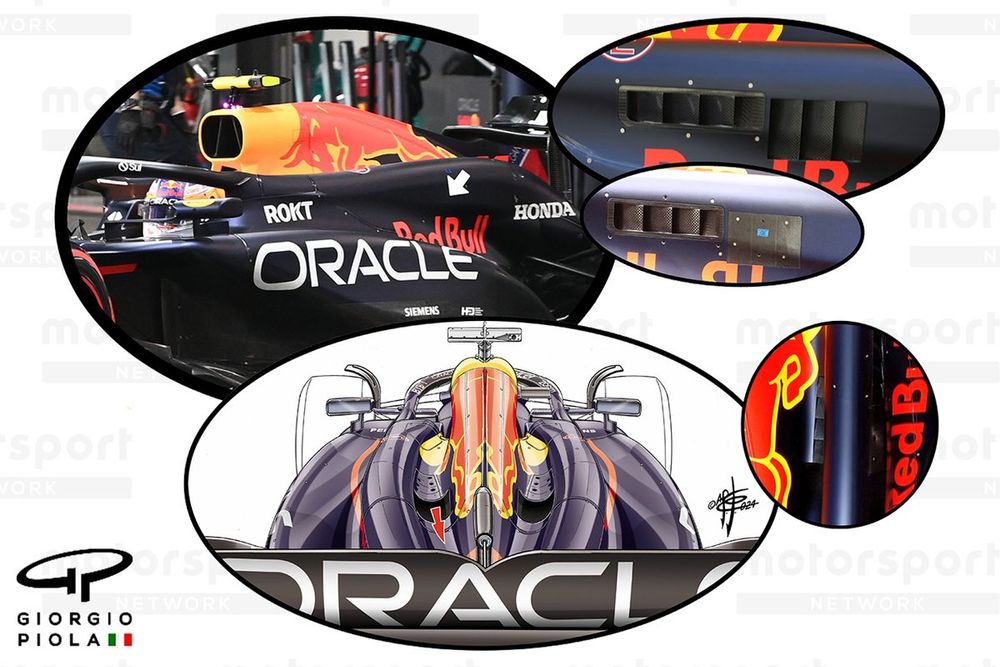
Red Bull RB20 cooling comparison
Photo by: Giorgio Piola
But it doesn't stop there, though, because it also has more diverse heat rejection options alongside the regular rear engine cover outlets.
This includes a pair of louvred panels on each side of the engine cover, both of which we found out this weekend can be closed (white arrow).
There are also numerous options available on top of the cover, with both louvres and a larger rearward outlet also able to be opened up in that top panel.
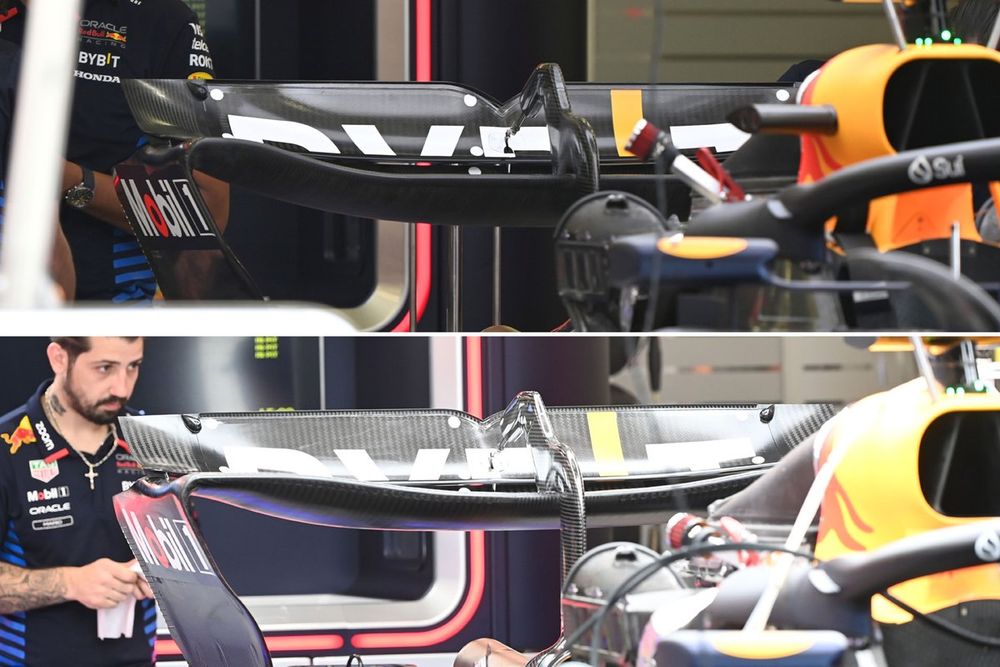
Red Bull RB20 rear wing comparison
Photo by: Giorgio Piola
In terms of the lower-downforce rear wing that Red Bull employed, it shared all the same features as the higher-downforce model seen in Bahrain, albeit with everything de-powered to reduce downforce and drag.
The spoon-shaped mainplane's central section has been raised, reducing the space taken up within the allowable box region, which consequently results in a less severe taper towards the endplate and a more loosely wound corner section.
The upper flap and tip sections have been trimmed on the trailing edge, as evidenced by the closer position of the teardrop-shaped flap pivot.
This helps to manage the ratio to the mainplane and maintain a sufficient boost in top speed when DRS is employed. The V-shaped notch has also been shrunk as a consequence, while the Gurney flap has been refitted to help improve the car's balance.
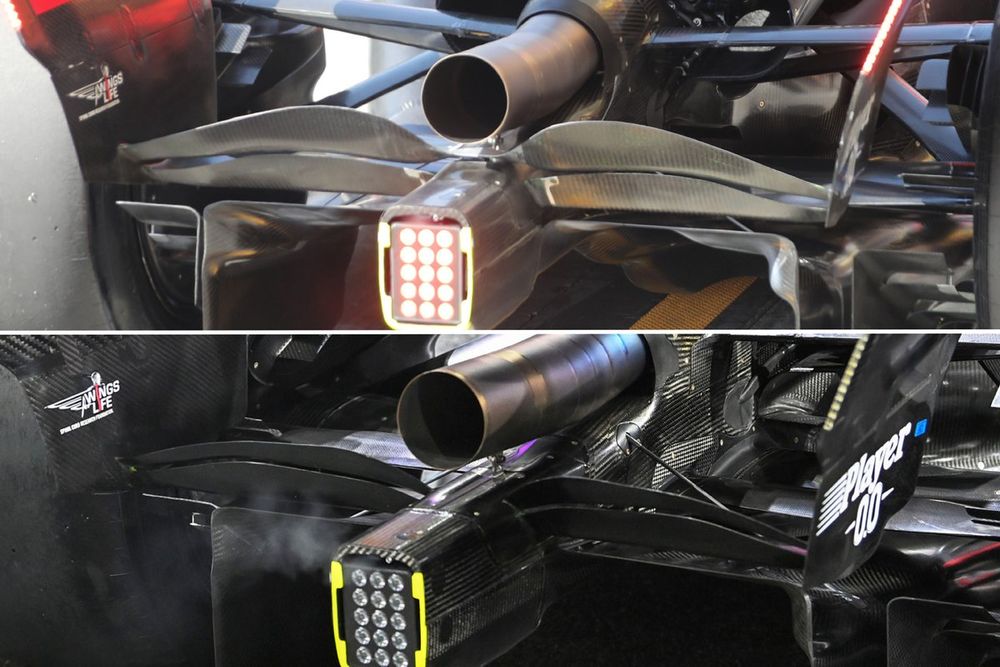
Red Bull RB20 beam wing comparison
Photo by: Giorgio Piola
Tied into the alterations made to its rear wing, Red Bull also had a new beam wing configuration, which once again targeted reducing the load being generated.
Both elements had a reduction in chord across their span, but more so for the upper element. This is more offloaded at the tip and clearly shorter than the specification ran in Bahrain (top), with the elements connected to the crash structure rather than running between it and the exhaust's tailpipe.
-
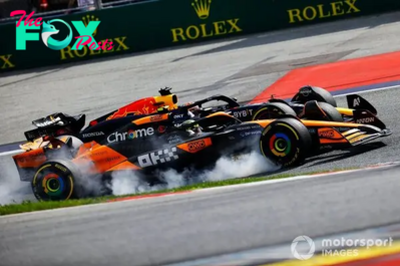
 F1 News4m ago
F1 News4m agoStella: Verstappen/Norris Austrian GP clash caused by unpunished 2021 F1 moves
-

 F1 News4m ago
F1 News4m agoVerstappen denies aggression, moving under braking in Norris Austria crash
-

 F1 News4m ago
F1 News4m agoF1 Austrian GP: Russell inherits victory as Verstappen and Norris collide
-
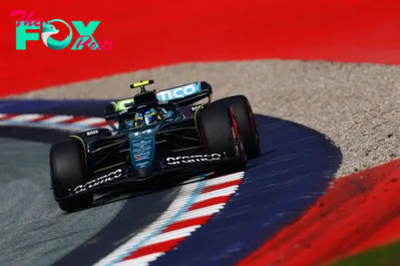
 F1 News4m ago
F1 News4m agoF1 drivers back Austria GP track limits experiment
-
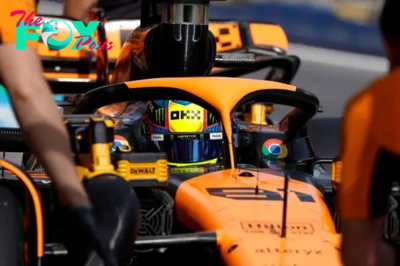
 F1 News4m ago
F1 News4m agoMcLaren's Piastri protest into F1 track limits rejected as “inadmissible”
-
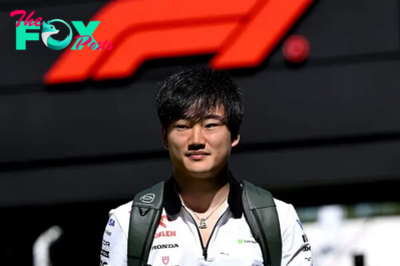
 F1 News4m ago
F1 News4m ago‘Horrified’ Tsunoda fined for using slur in F1 Austria qualifying
-
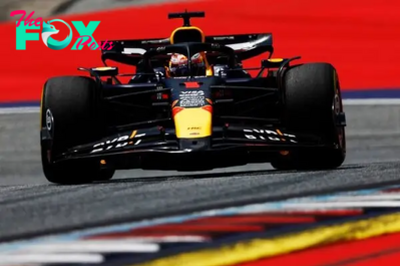
 F1 News4m ago
F1 News4m agoF1 Austrian GP qualifying results: Max Verstappen takes pole
-

 F1 News4m ago
F1 News4m agoVerstappen escapes punishment for Austrian GP outlap slow driving
